The Supreme Court stands as the highest judicial authority in the United States. It consists of nine members: one Chief Justice and eight Associate Justices.
All Supreme Court Justices, like their counterparts in the Federal judiciary, are appointed for life as stipulated by Article III of the U.S. Constitution.
Historical Overview
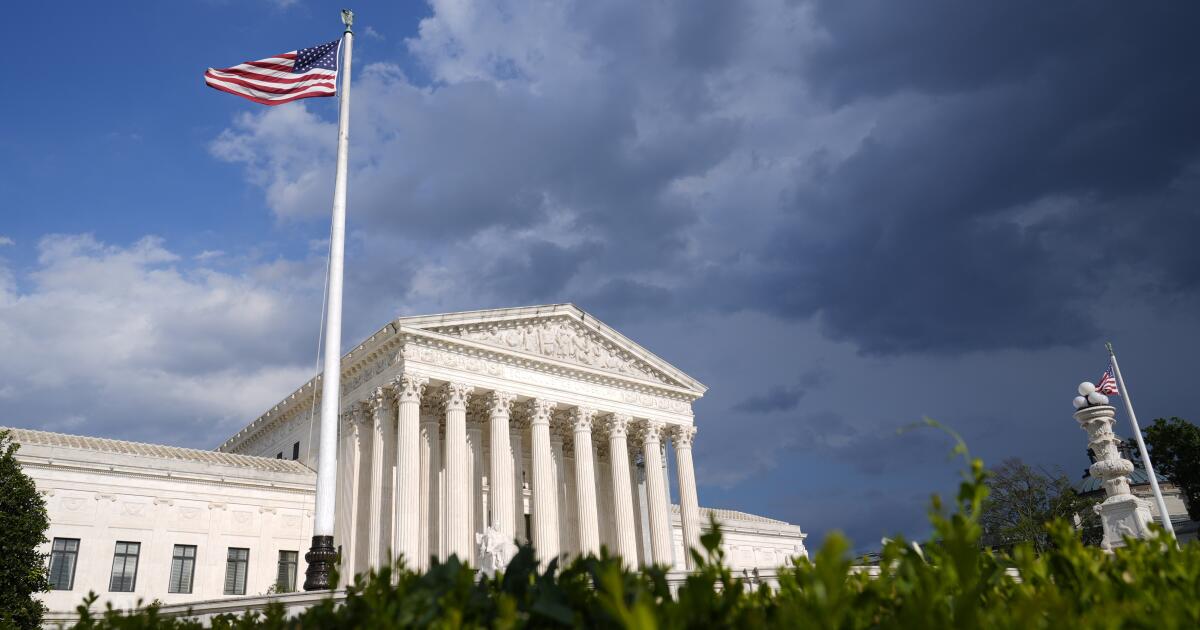
Over its 211-year history, the Court has seen 17 individuals serve as Chief Justice.
In total, 112 Justices have been appointed to the Supreme Court.
Record-Setting Tenures on the Supreme Court

William O. Douglas holds the record for the longest tenure as a Supreme Court Justice, with an impressive 36 years and 209 days of service.
Currently, Clarence Thomas ranks as the eleventh-longest-serving Justice, with his tenure extending just over 32.52 years as of November 2023.
Innovative Proposal for Supreme Court Justice Retirement
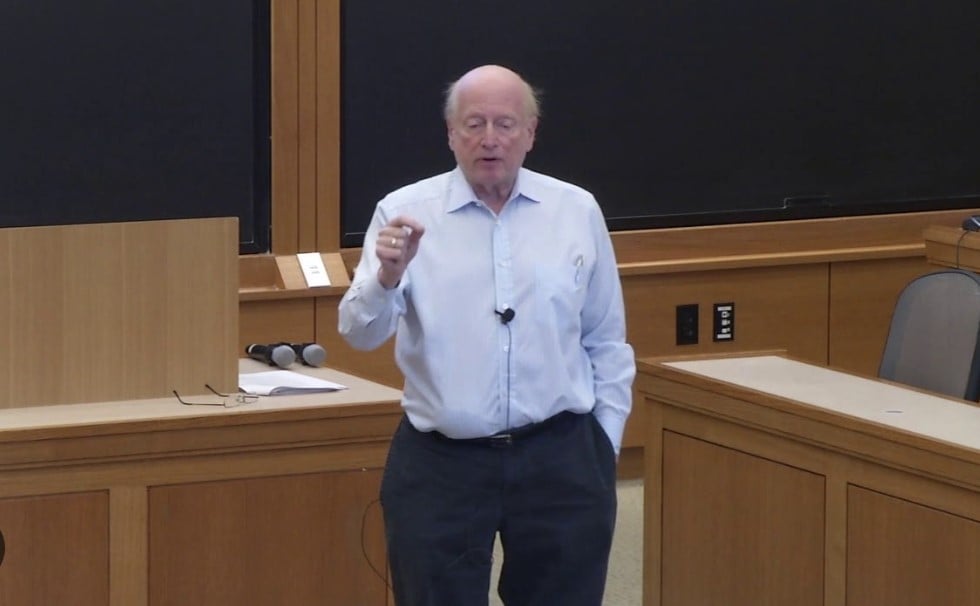
A Harvard Law School professor has proposed an innovative approach to encourage Supreme Court Justices to retire earlier.
Mark Tushnet, the William Nelson Cromwell Professor of Law Emeritus, detailed his ideas for Supreme Court reform in a comprehensive 22-page essay.
Reform Proposals Amidst Controversial Court Decisions
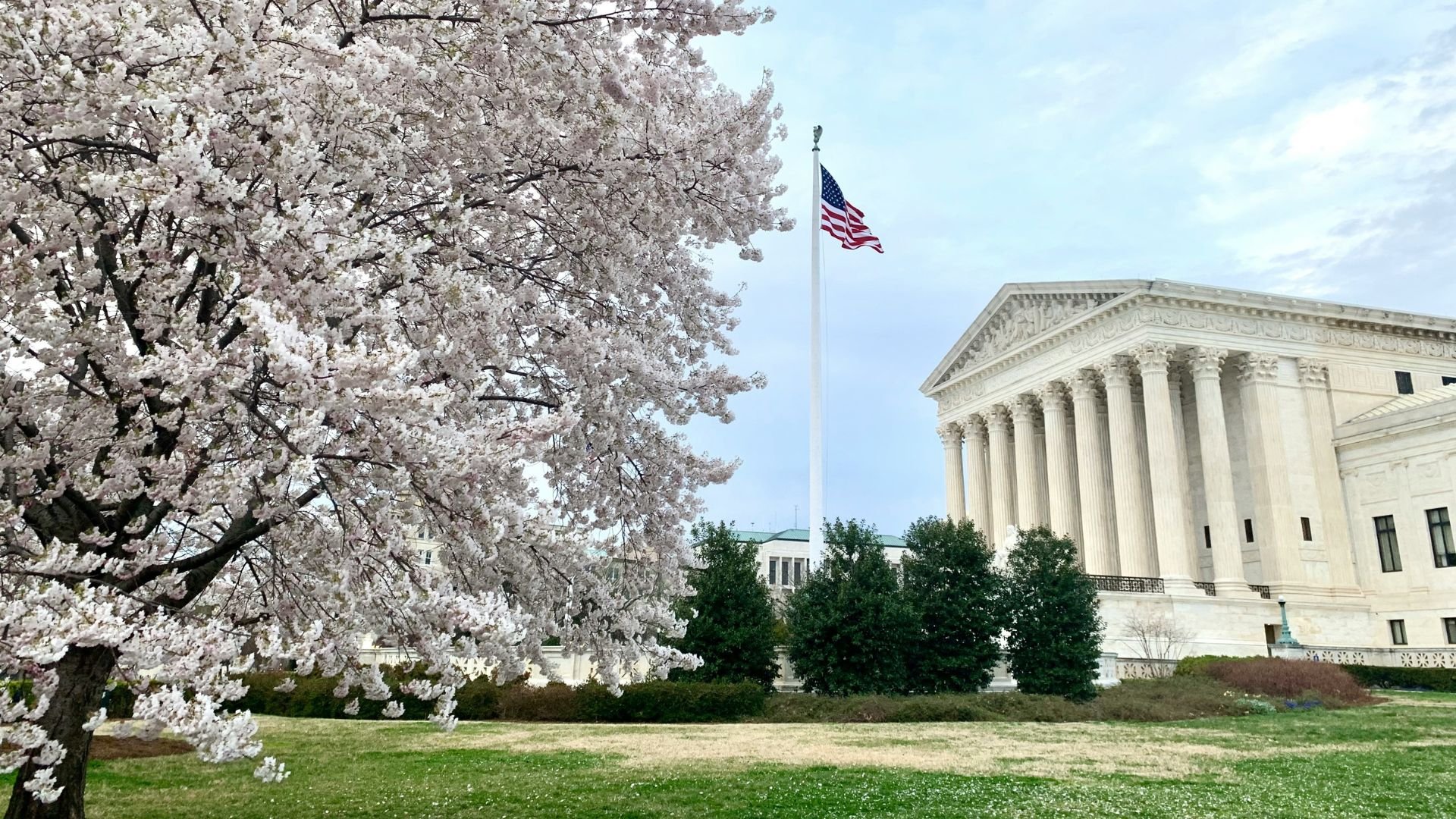
His proposals follow ongoing discussions about reform prompted by contentious Supreme Court decisions.
One notable example is the Court’s July ruling on presidential immunity, which has direct implications for former President Donald Trump.
Biden’s Reform Plan Announcement
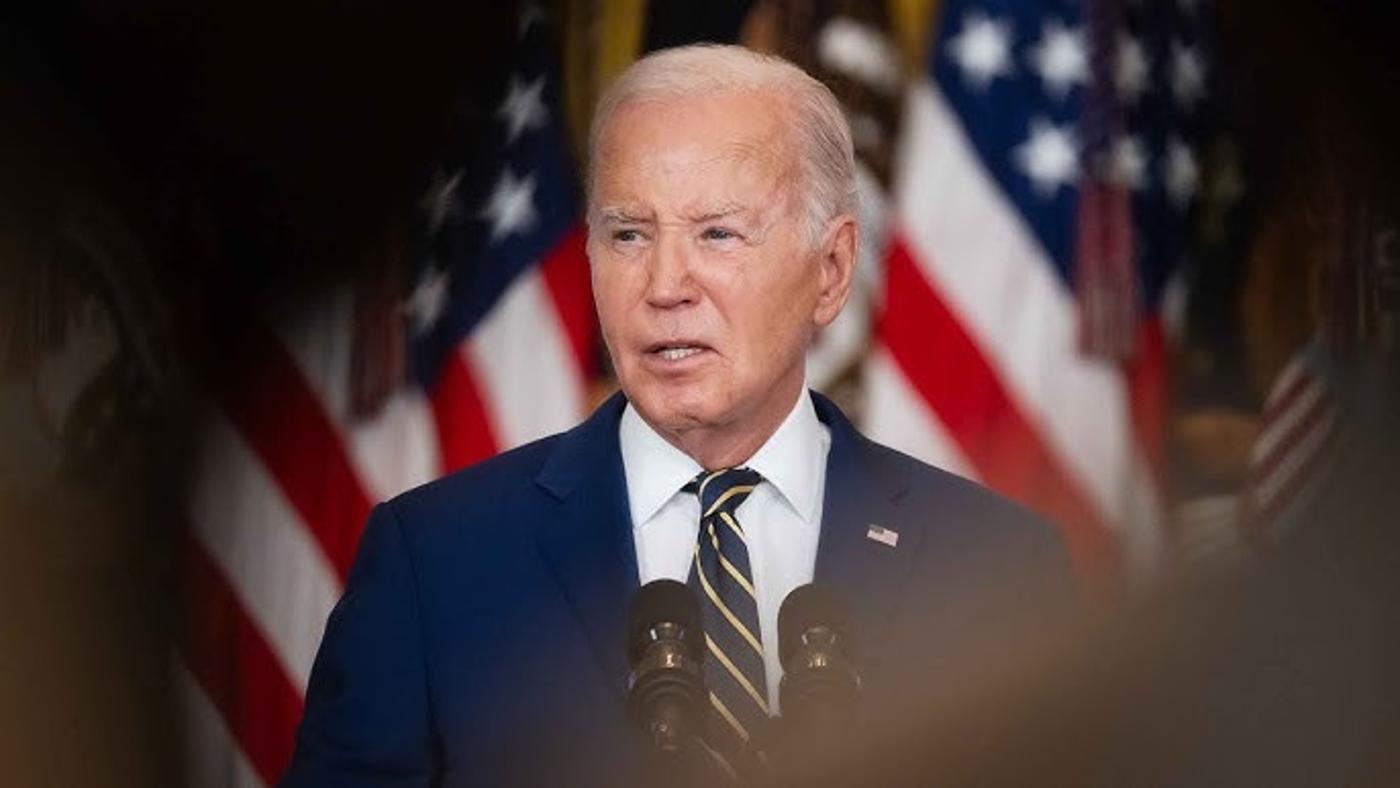
In late July, President Joe Biden unveiled his reform plan during a public address.
This marked his first major engagement since suspending his re-election campaign and endorsing Vice President Kamala Harris as the Democratic candidate against Trump.
Concerns and Call for Term Limits
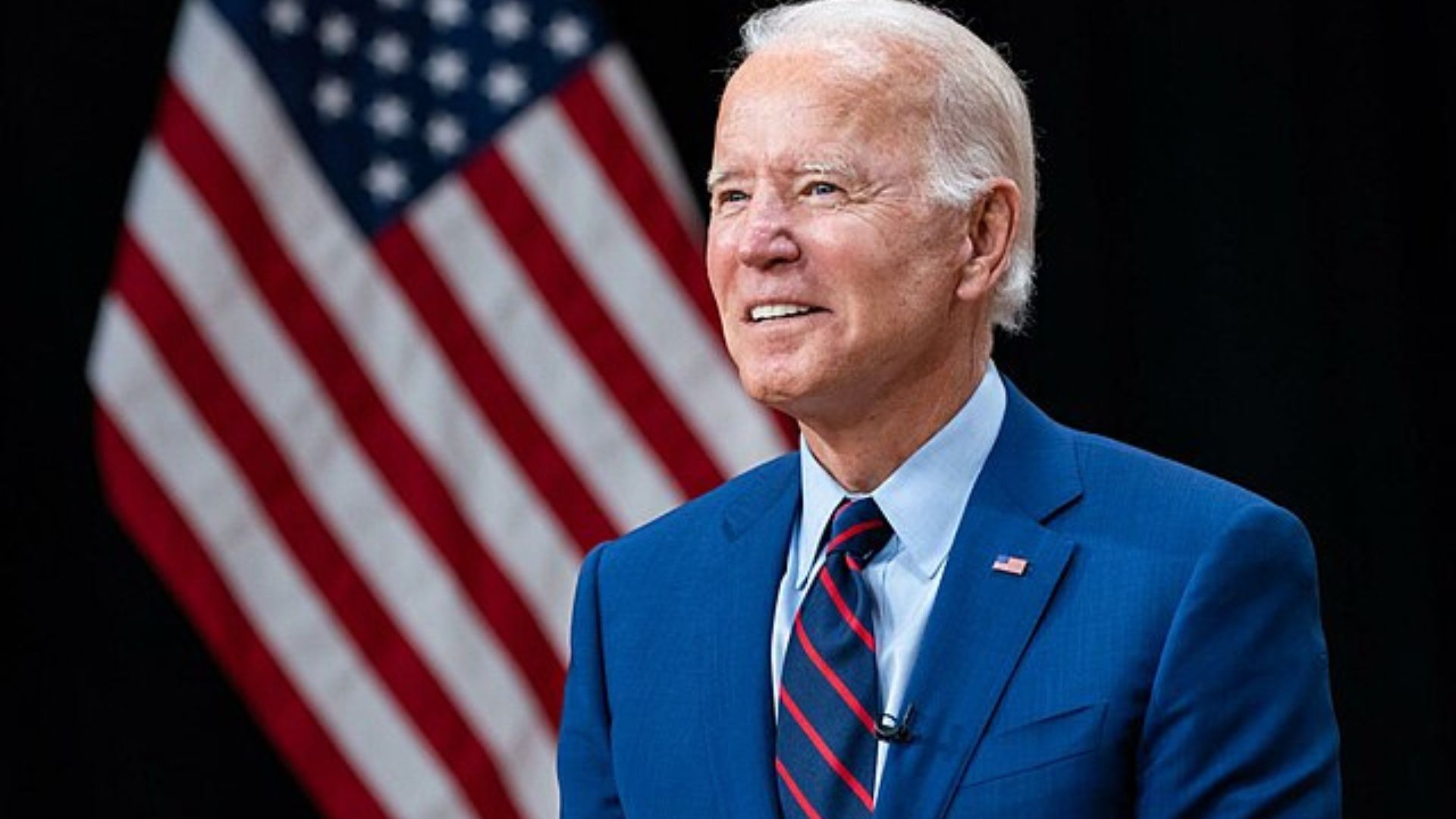
During his speech, Biden voiced his concerns about recent decisions made by the conservative-leaning Court, especially those related to presidential immunity.
He advocated for implementing an 18-year term limit for Justices to prevent what he described as an “extreme court.”
U.S. Lifetime Appointments
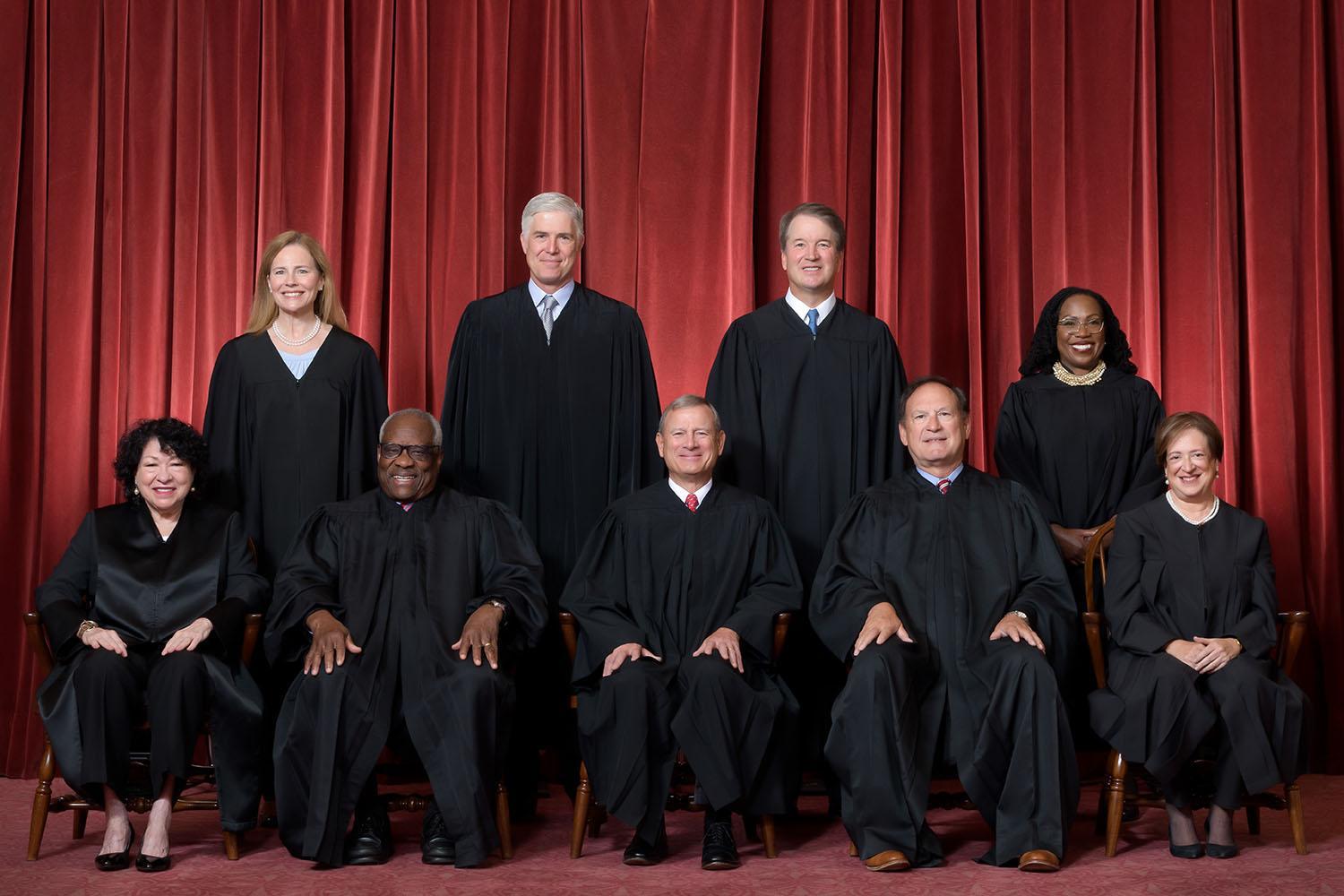
Notably, the U.S. is unique among major constitutional democracies in granting lifetime appointments to its highest court.
Tushnet proposed a different strategy concerning term limits. He suggested creating incentives for Justices to retire voluntarily.
Challenges and Recommendations

He noted that enacting such reforms through legislation would require that elected officials committed to reform have control over the House, Senate, and the presidency.
Given that Congress oversees the Court’s budget, Tushnet recommended that lawmakers consider reducing the number of law clerks each Justice is permitted to employ.
Tushnet’s Explanation

In correspondence with Newsweek, Tushnet elaborated on his proposal.
He stated, “The rationale is that the Court has substantially reduced the number of cases it decides on the merits while retaining and even expanding the number of law clerks each Justice has”
Public Policy and Judicial Opinions

Tushnet continued, “That it is good public policy for Justices to write more of ‘their’ opinions [‘more of’ meaning both a larger number written personally by each Justice and a greater portion of each opinion issued under the Justice’s name],”
“We know enough about the way Justices employ law clerks to believe that reducing the number of law clerks will give incentives to older Justices to retire.”
Impact of Reducing Law Clerks
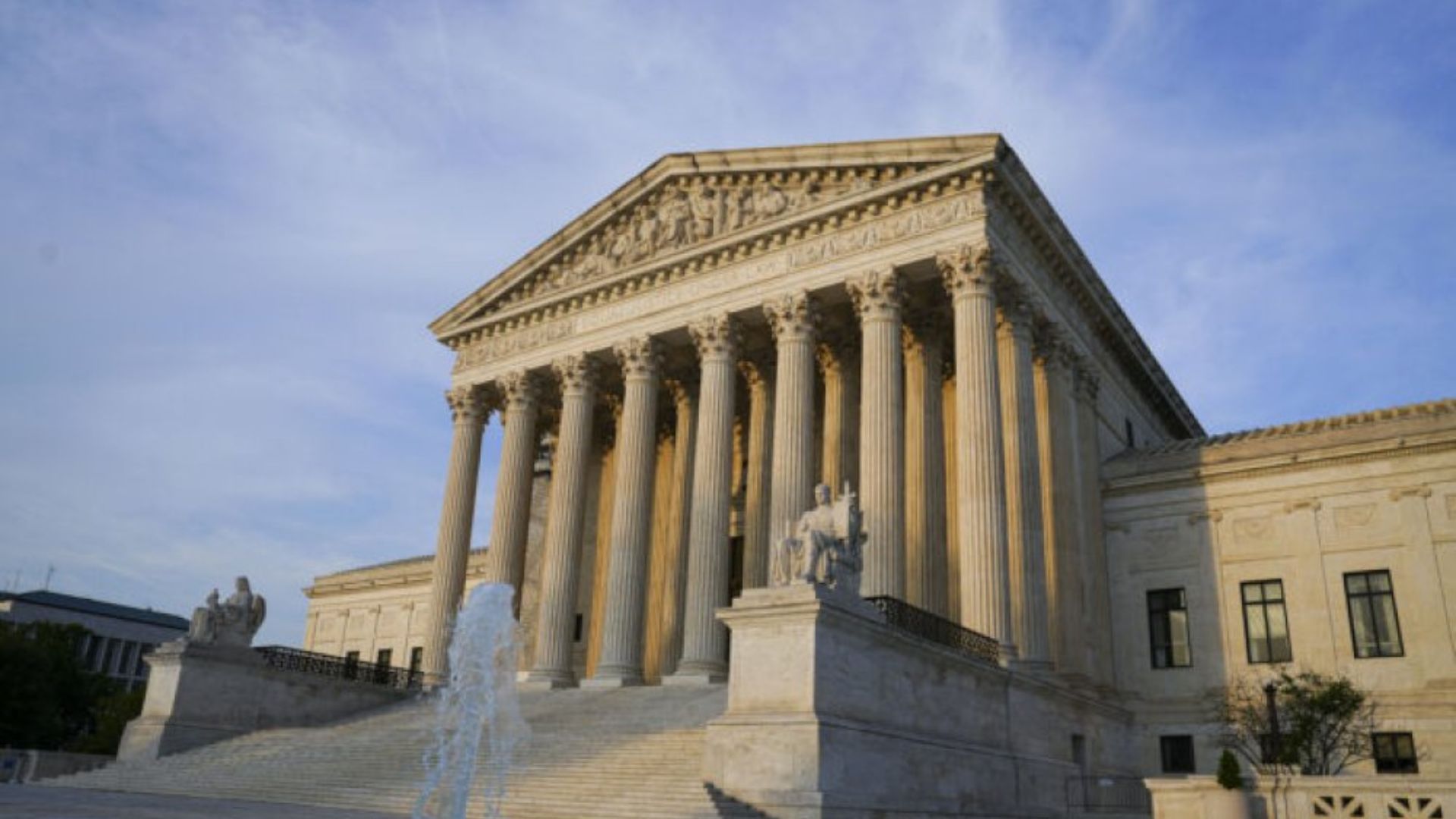
“They might respond to the reduction in the number of law clerks by reorganizing their offices, which is to say that the incentive effects of this proposal are only incentive effects, not mandates.”, Tushnet stated.
As the Supreme Court prepares to resume its duties in October, just one month before Election Day, these discussions about reform and incentives for Justices continue to be a significant topic of debate.








































